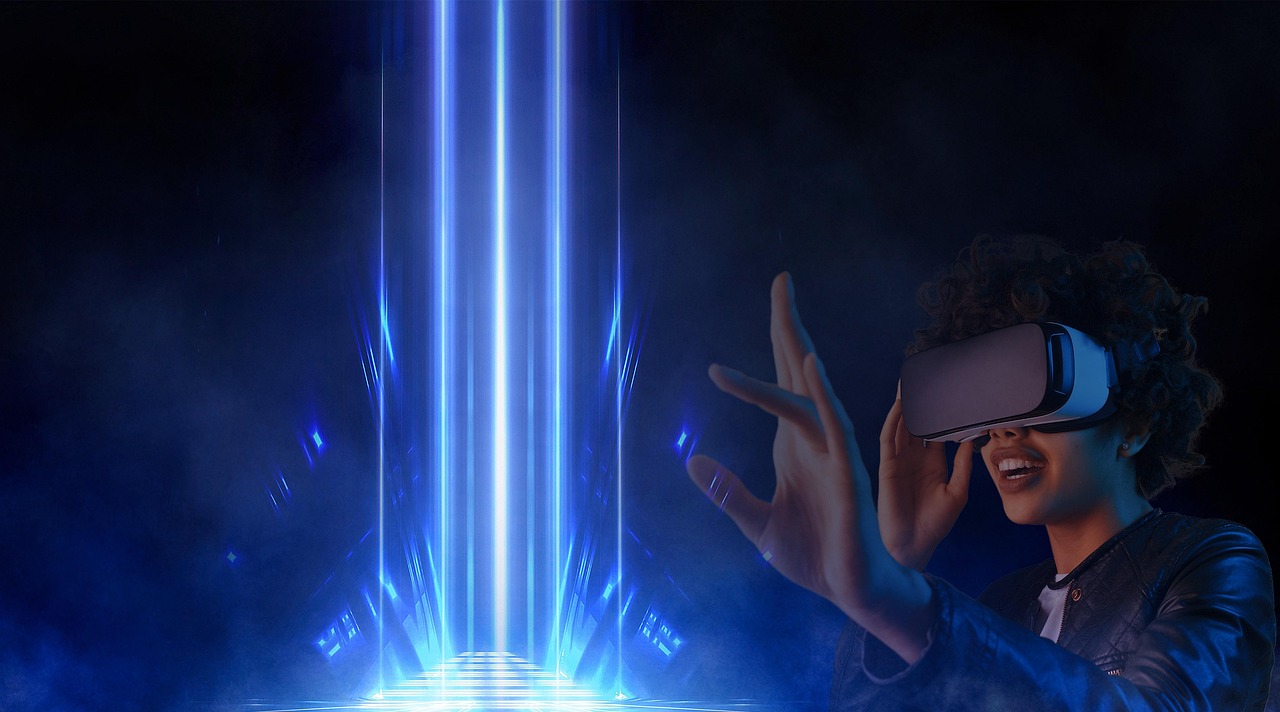
Advantages of Virtual Reality
Virtual Reality (VR) is transforming how we experience the world by merging technology and imagination into immersive experiences. From revolutionizing education and entertainment to improving healthcare, this innovative technology is pushing boundaries. Among its many applications, the advantages of Virtual Reality in education stand out, offering a new way to engage with learning materials. Below, we explore the various advantages, with a particular focus on its role in education and how it’s changing other industries.
What is it?
It uses specialized headsets and software to transport users into simulated environments. Unlike flat-screen devices, it immerses individuals in three-dimensional spaces, allowing them to interact as if they were physically there. This level of immersion separates VR from traditional media, enabling experiences that feel tangible and engaging.
It’s benefits range from improving learning environments to creating safer spaces for professional training. It allows people to experience scenarios that might otherwise be too dangerous, expensive, or impractical in real life, making it a versatile tool embraced by educators, healthcare providers, and businesses alike.
Advantages of Virtual Reality in Education
Education has significantly benefited from the integration of VR. This technology has changed how students learn, interact, and retain knowledge. Below, we explore the key advantages of virtual reality in education that highlight its transformative potential.
Interactive and Engaging Lessons
It makes lessons captivating by turning theoretical material into interactive experiences. A history student can virtually walk through ancient ruins, seeing the scale and texture of historical monuments, while a physics student can explore the mechanics behind a rocket launch. This approach helps foster deeper understanding and interest.
Improved Retention of Knowledge
One of the significant advantages of Virtual Reality in education is the ability to boost retention rates. When concepts are presented in immersive 3D formats, they are easier to remember. Medical students, for example, can use VR simulations to understand anatomy better and practice surgical methods with greater precision.
Accessible Learning Environments
VR creates highly accessible learning systems. Students with disabilities can interact with educational content through inclusive virtual models specially designed for different needs. Additionally, students in remote locations can access high-quality resources without physical travel, bridging gaps in education access.
Beyond Education: How it Impacts Other Sectors
While the impact is particularly promising in education, VR’s applications extend far beyond. Below are other areas where it is making significant strides.
Revolutionizing Healthcare
It is being used for medical training and therapy. Doctors can practice surgical procedures using hyper-realistic simulations, gaining confidence and accuracy. Therapists are also using it to treat patients with phobias or PTSD through controlled exposure in customized virtual settings. This technology offers both improved training and better patient care.
Enhanced Employee Training
VR is revolutionizing employee training programs across industries. Workers in manufacturing or construction can practice handling complex machinery without risking accidents. Similarly, customer service employees can use VR scenarios to improve communication and problem-solving skills with virtual clients. These simulations improve preparedness and reduce risks in skill development.
Challenges to Overcome
Despite many benefits, some challenges need attention. Advanced VR hardware and software can be costly, limiting accessibility for individuals and small organizations. Motion sickness is another concern for users during prolonged VR sessions. However, as VR technology evolves, these issues are becoming easier to address.
The Future
The future of VR is promising. Advancements in AI, haptic technology, and hardware will likely make VR more immersive and affordable. Particularly in education, VR will continue enhancing global access, improving skills training, and transforming classrooms. Its growth depends on balancing affordability, accessibility, and innovation.
The advantages of Virtual Reality are revolutionizing how we learn, train, and entertain ourselves. From creating engaging educational environments to enabling safer workplaces, VR is transforming traditional approaches across sectors. The potential to simulate experiences, enhance retention, and provide accessibility makes it a groundbreaking tool for the future.
Especially in education, the advantages of virtual reality in education ensure students worldwide receive interactive, inclusive, and memorable learning opportunities, ushering in a future where technology brings knowledge to life

